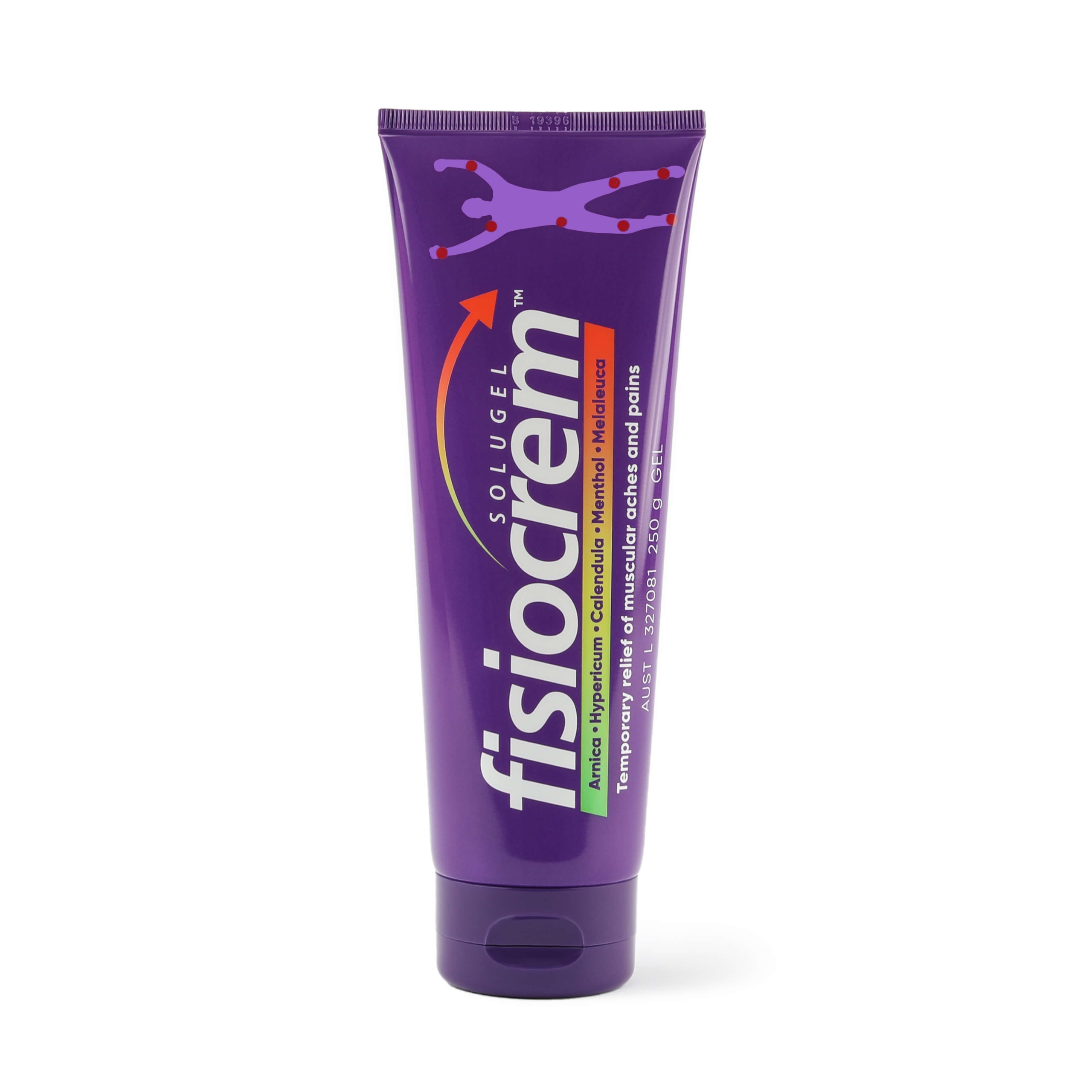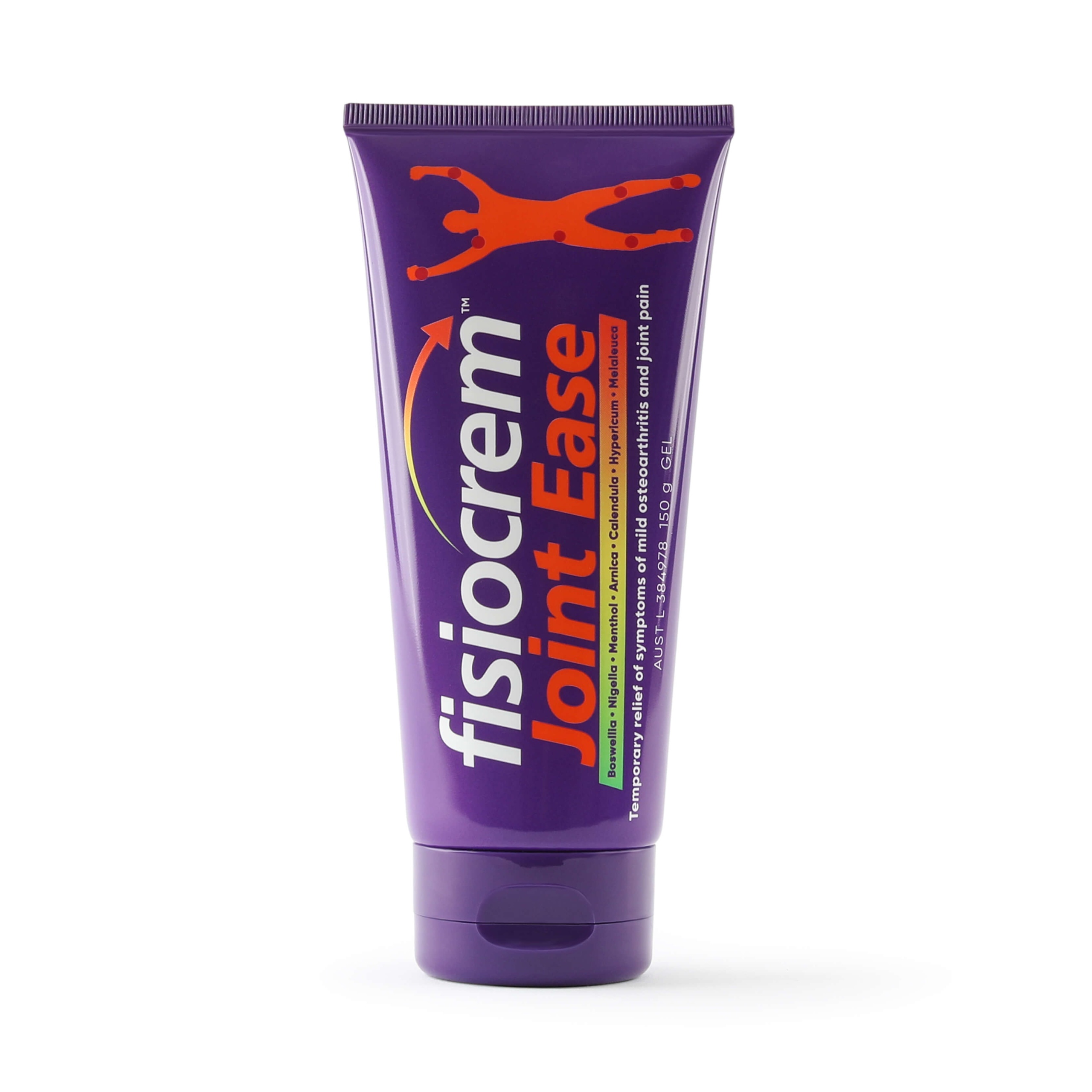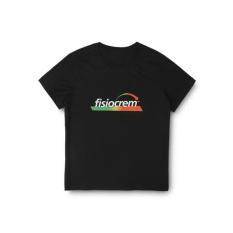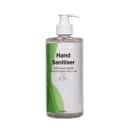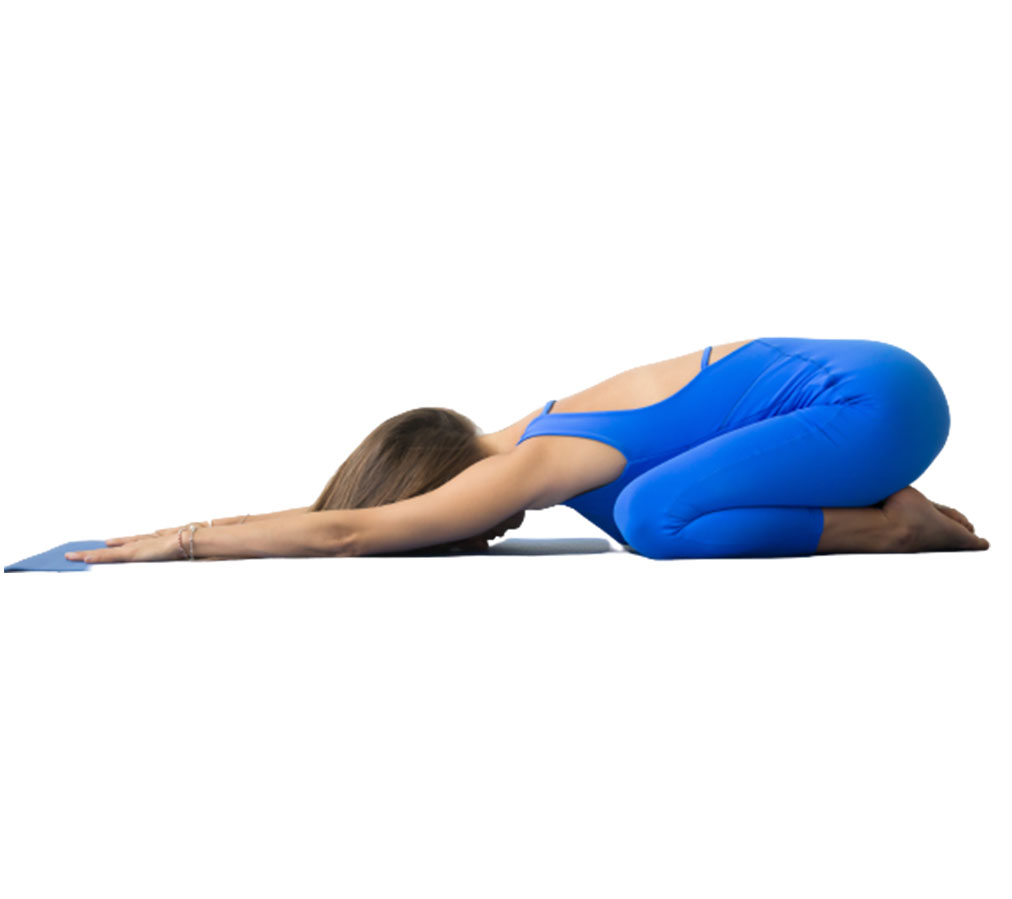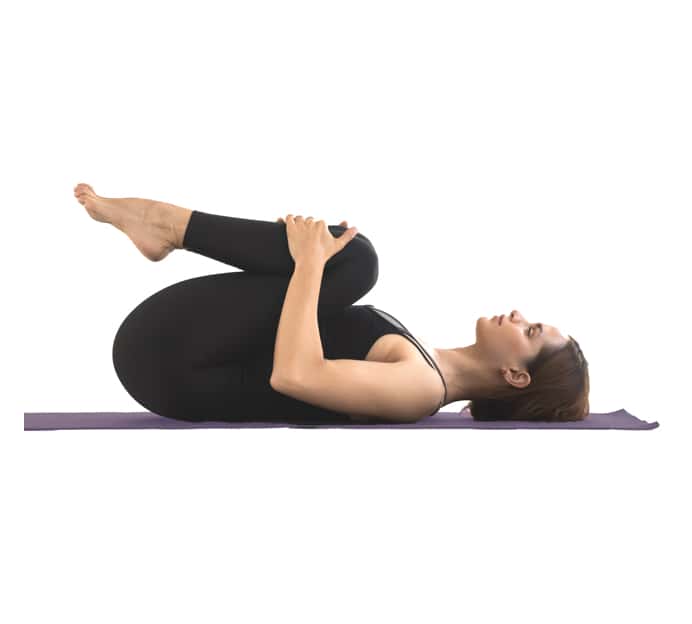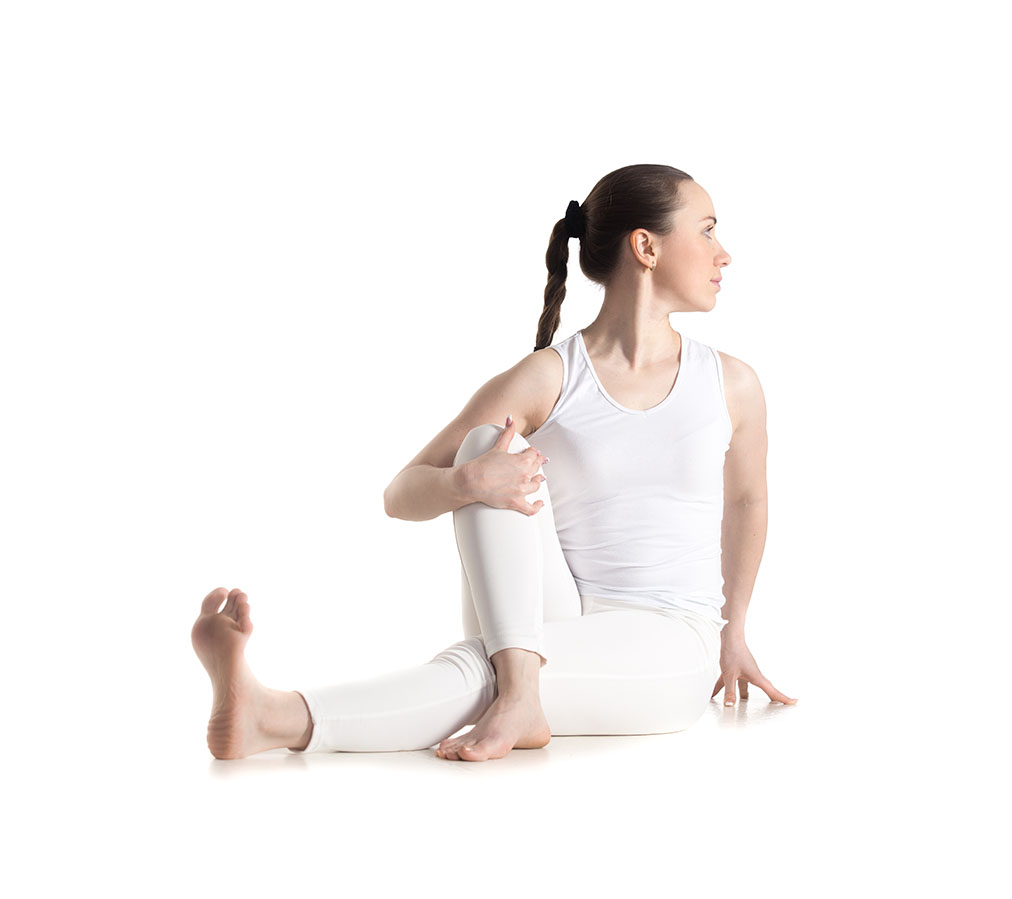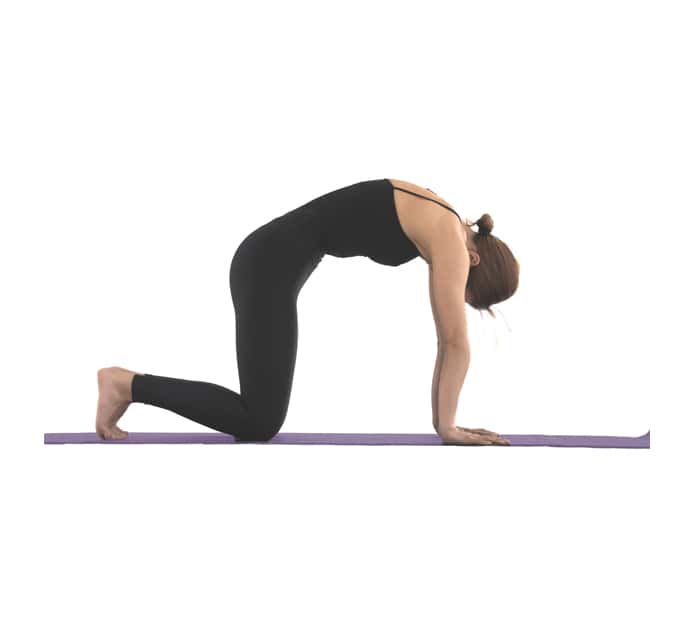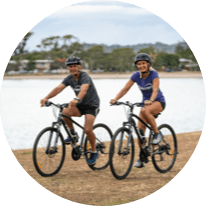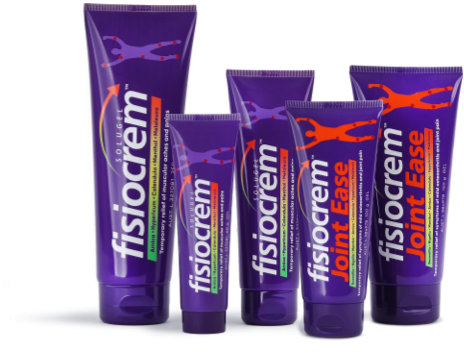Causes of back problems
Back pain and back problems can have a diverse range of causes. These problems can be due to many causes such as injuries, diseases such as mild arthritis and some genetic conditions as well as lifestyle habits such as work and sport. Back pain is a common symptom of back problems (ABS 2019).
Other lower back pain causes & contributing factors that can increase the risk of back problems include age, physical well-being, smoking, and an individual’s profession (ABS 2019).
Lifestyle habits such as poor posture and incorrect manual handling techniques can also cause pain. Therefore, ergonomic workspaces should be designed to ensure you are comfortable and that you are not placing unnecessary strain on any part of your body, aiming to reduce the chance of injury or pain. Persistent desk work with poor posture can result in a higher prevalence of pain in the upper back, so it is important to ensure proper posture is practiced, such as having your feet flat on the floor (Therese H, Kaj V & Morten W 2010). Proper manual handling techniques when lifting should also be followed and usage of assistive devices should be used when required.pain
Stretches for back pain
The following back pain exercises will help you to stretch your lower back. These lower back pain relief exercises can also help reduce lower back pain and stiffness. If you have any type of injury or health concern, be sure to talk with your doctor first before starting any new types of exercise. Stretches for lower back pain include:
When performing these exercises for lower back pain relief, take care and listen to your body.
Treatment
There is no overnight cure for lower back pain. But with the right information, you can start feeling better and get back to doing the things you enjoy.
Back problems can range from acute (short-term pain) or chronic (long-term pain)(MyBackPain.org.au 2022).
Acute pain is pain that is short-term, lasting less than three months. Those that have acute back pain are encouraged to remain as active as possible, and gradually return to their usual activities, to help them recover (MyBackPain.org.au 2022). Acute low back pain treatment should focus on eliminating the root causes to prevent ongoing chronic back pain (Ehrlich, G. 2003).
Treatment & interventions for acute pain include the use of topical analgesic non-steroidal anti-inflammatory drugs (NSAIDs) such as back pain relief creams and muscle relaxants, as they will help to reduce pain (Arnau, J.M., Vallano, A., Lopez, A. et al. 2006).
Multi-disciplinary management programs, personalised and guided physiotherapy, cognitive behavioral therapy as well as short training programs will all assist to help restore function (Ehrlich, G. 2003)(Llés, ST. Orvosi, H. 2015). These strategies should also be supplemented by non-medicated therapies such as heat, massage, and acupuncture (Almeida et al. 2018).
General treatment strategies for back pain include lifestyle habit modifications such as diet changes, exercise, weight control, and reducing or eliminating smoking. It is also advised to look after your mood and stress levels (MyBackPain.org.au 2022).
Chronic or persistent long-term low back pain is pain that lasts more than three months. Chronic pain is when some people are more likely to experience an effect on their physical and mental well-being, as well as their ability to work and their relationships (MyBackPain.org.au 2022).
Chronic lower back pain management includes effective pain reduction, ongoing maintenance of physical activity, prevention of permanent disability, and reinstatement of working ability (Ehrlich, G. 2003).
You should see your general practitioner or other health care professional for further advice if:
- your back pain bothers you
- your back pain doesn’t improve or worsens after a few weeks
- your back pain lasts for more than three months
- you have osteoporosis
- your pain spreads down one or both legs
- your pain causes weakness, numbness, and tingling in one or both legs

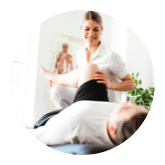
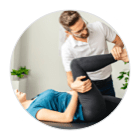



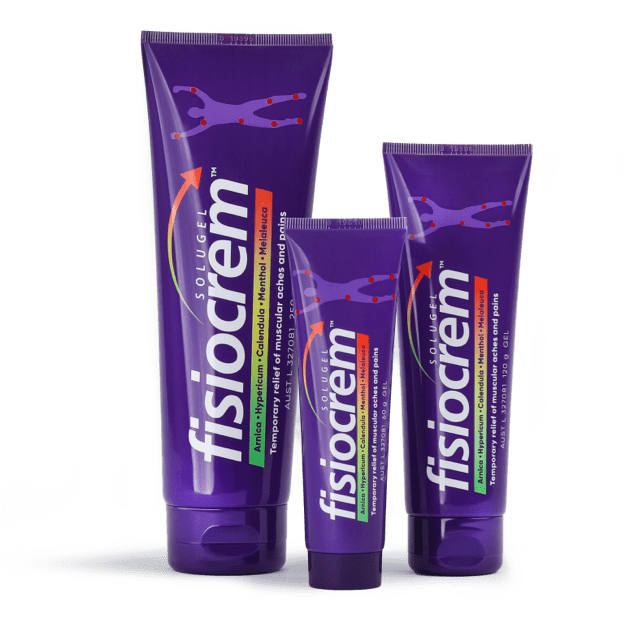
For the temporary relief of muscular aches and pains.
fisiocrem Solugel is a topical gel containing menthol and naturally-derived active ingredients of arnica, hypericum (St John’s wort), calendula, and melaleuca for the temporary relief of muscular aches and pains. fisiocrem Solugel can reduce inflammation, and assist in providing temporary lower back pain relief for muscle related back pain. fisiocrem Solugel helps relieve mild muscle spasms and twitches and helps to relieve muscle strain.
Shop fisiocrem Solugel for muscle pain.
For the temporary relief of symptoms associated with mild osteoarthritis and joint pain.
fisiocrem Joint Ease has been formulated to relieve symptoms associated with mild arthritis, mild osteoarthritis, and joint pain.
fisiocrem Joint Ease cream contains menthol and naturally-derived active ingredients of boswellia, nigella, menthol, arnica, calendula, hypericum, and melaleuca. fisiocrem Joint Ease can assist with back pain related to joints and mild arthritis.
Shop fisiocrem Joint Ease for joint pain.



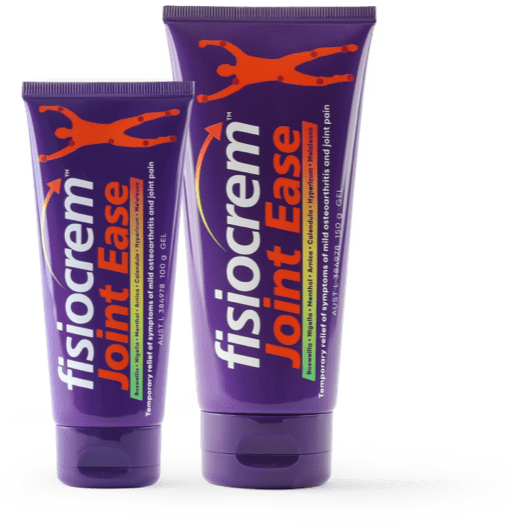
Citations
- ABS 2019b. Microdata: National Health Survey, 2017–18, detailed microdata, DataLab. ABS cat. no. 4324.0.55.001. Canberra: ABS. Findings based on AIHW analysis of ABS microdata.
- Almeida M, Saragiotto B, Richards B & Maher CG 2018. Primary care management of non-specific low back pain: key messages from recent clinical guidelines. The Medical Journal of Australia 2018(6):272–275
- Arnau, J.M., Vallano, A., Lopez, A. et al. 2006. A critical review of guidelines for low back pain treatment. Eur Spine J 15, 543–553 (2006). https://doi.org/10.1007/s00586-005-1027-y
- Australian Institute of Health and Welfare AIHW 2020. Back problems, AIHW, Australian Government.
- Ehrlich, G. 2003. Back pain. The Journal of Rheumatology. https://www.jrheum.org/content/67/26.abstract
- Llés, ST. Orvosi, H. 2015. Low back pain: when and what to do. https://pubmed.ncbi.nlm.nih.gov/26256495/
- MyBackPain.org.au 2022. Retrieved 14 December 2022, from https://mybackpain.org.au/
- Therese H, Kaj V & Morten W 2010. A prospective study of neck, shoulder, and upper back pain among technical school students entering working life. Journal of Adolescent health 2010(5): 488-494 Retrieved from https://www.sciencedirect.com/science/article/abs/pii/S1054139X09006247#preview-section-references

